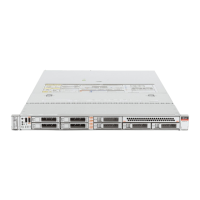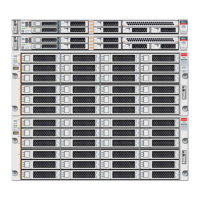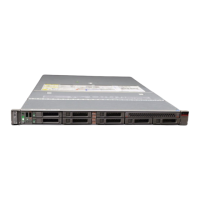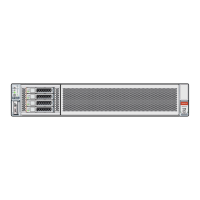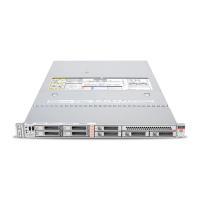Configuring Storage Resources 55
Configuring Storage Resources
This section describes how to configure RAID and iSCSI virtual drives.
■
RAID arrays can improve performance and increase tolerance for disk failures.
■
If you prefer to run a supported operating system that resides on an external server, you
must configure iSCSI virtual drive parameters in the BIOS Setup Utility.
See the following sections:
Task Link
Configure RAID on the server. “Configuring RAID on the Server” on page 55
Configure iSCSI virtual drive parameters. “Modifying iSCSI Virtual Drive
Properties” on page 57
Configuring RAID on the Server
Redundant array of independent disks (RAID) implementations provide increased performance
and data integrity across the available disk space in the server. By mirroring data across drives,
most RAID levels can tolerate disk failures. Additionally, RAID configurations enable you to
designate one or more hot spares. A hot spare is an unused drive on which the data on a failed
drive can be automatically duplicated.
RAID configuration can be done before installing the operating system, and after the operating
system is installed.
■
Before you install the operating system, you can use the BIOS utilities to configure
RAID. This is a necessary step that must be completed before installing the operating
system. For details, refer to your hardware installation guide.
Caution - These procedures erase all data on the disk, including the operating system.
■
After the operating system is installed, you can use the following tools to configure
and modify RAID configurations. However this erases all the data on the affected drives,
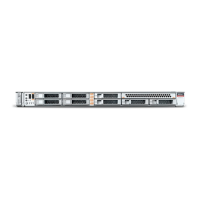
